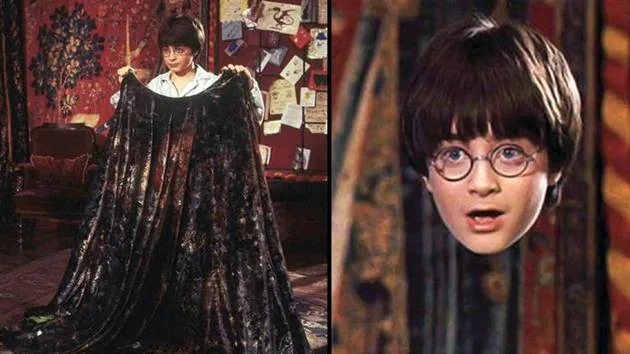US Govt plans to make ‘smart clothes’ woven with camera, sensors and wires that will let wearers to record audio and video of their surroundings.
We have heard of smart watches, smart rings, and smart shoes even. The only wearable that’s left out to be smart – clothes, now gets its turn. Smart clothes are coming, as U.S seeks to develop ‘active smart textiles’ (AST) that has electronic components like camera, sensors and wires directly woven into the garments.
U.S Government develops this smart-clothes under the Intelligence Advanced Research Projects Activity (IARPA) – the research and development arm of the Office of the Director of National Intelligence (ODNI). U.S Department of Defense is spending $22 million for this smart clothes.
Smart Clothes by U.S
The active smart textiles are designed to be in the form of everyday usable clothes like shirt, pants, or underwear and it can record audio or video of their surroundings. The clothes also let the wearer’s location to be trackable via a geolocation sensor.
Called as “SMART ePANTS”, the smart clothes will be stretchable, bendable, washable and comfortable. While computer, sensors, battery, wires and switches, all exist in one way or another, Smart ePants integrates them into a single wearable cloth.
The Smart ePants will be highly beneficial for the agents and employees of intelligence, counterterrorism, and national security agencies like the Central Intelligence Agency National Security Agency, among others.
The US Department of Defense has collectively awarded Nautilus Defense and Leidos over $22 million to develop the fabric using Nautilus Defense’s “singular micro yarn textile routing platform with unmatched low-power electronics.” MIT, SRI International and Arete are also one among the organizations to which IARPA has awarded the Smart ePants prime research contract. The research has been given a 42-month timeline to produce the results.
Application of Smart ePants
The smartness of textiles could be of two kinds: active and passive. Active smart textiles are those clothes which can adapt and change their functionality in response to changes in the external environment or response to user input with help of sensors. This enables them to be connected to software or apps to make the wearer’s condition better.
On the other hand, passive smart textiles are for passive uninterrupted functioning, like anti-UV cloth that protects you from sun radiations or polyester apparel that evaporates sweat quickly to keep you dry.
Dr. Dawson Cagle in charge of the Smart ePants program said, “Although I am very proud of the intelligence aspect of the program, I am excited about the possibilities that the program’s research will have for the greater world.”
“This eTextile technology could also assist personnel and first responders in dangerous, high-stress environments, such as crime scenes and arms control inspections, without impeding their ability to swiftly and safely operate,” said a press release by IARPA. IARPA emerged after DARPA, which focuses on the country’s military needs.
Echoing concerns regarding the SMART ePANTS program becoming a mass surveillance tool, Annie Jacobsen, author of The Pentagon’s Brain (a book about DARPA), said that the program will become a tool to “create the vast intelligence, surveillance, and reconnaissance systems of the future. They want to know more about you than you.”
(For more such interesting informational, technology and innovation stuffs, keep reading The Inner Detail).
Kindly add ‘The Inner Detail’ to your Google News Feed by following us!






